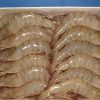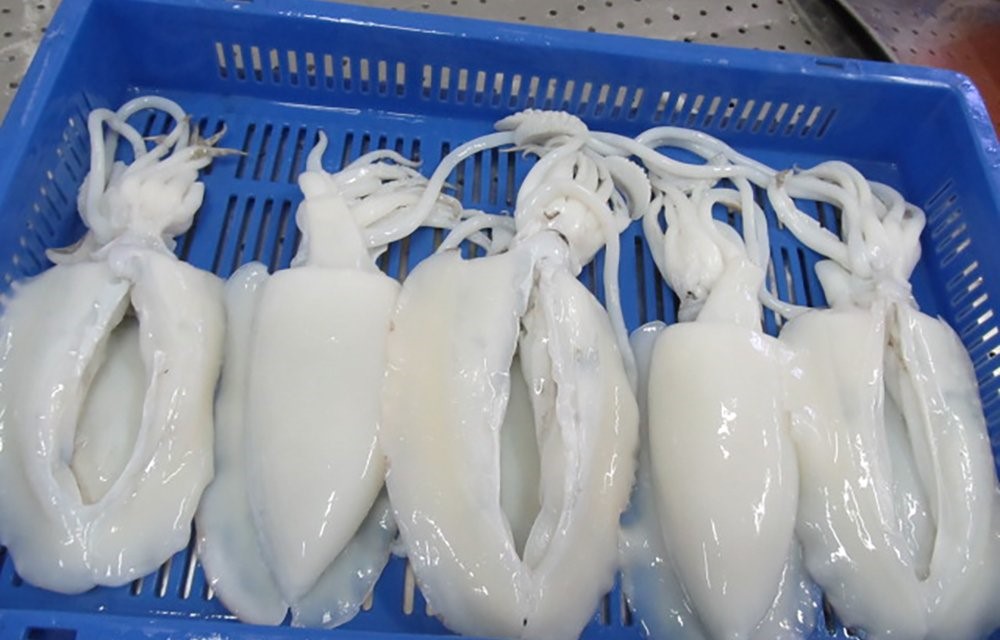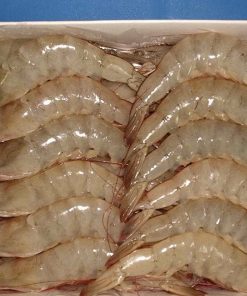Description
Squid is high in protein and minerals, but low in fat. Phospholipid is the main lipid of squid which is rich in PUFA. MHC myosin heavy chain, paramyosin and actin are the main proteins in squid which are different from other parts of squid body. Keep in mind that the head and body of the squid contain different minerals in different concentrations.
In addition, fish contains low saturated fat and vitamin C and minerals such as calcium, potassium, zinc, iron, phosphorus and significant copper.
Squid is increasingly being consumed and exported, which is mostly processed as a frozen product, which is divided into two main species, Sepia pharaonis and Sepia aculeata, which are usually used for fish processing in Thailand.
The edible part of squid contains 81.8% water, 15.6% crude protein, 1.0% crude fat and 1.5% ash. The fat content of raw fish was about 1.0-2.0%.
Distribution range of squid:
Eastern Atlantic and Mediterranean: From Shetland and southern Norway (wandering in the Baltic Sea), south to the Mediterranean Sea to northwest Africa.




Reviews
There are no reviews yet.